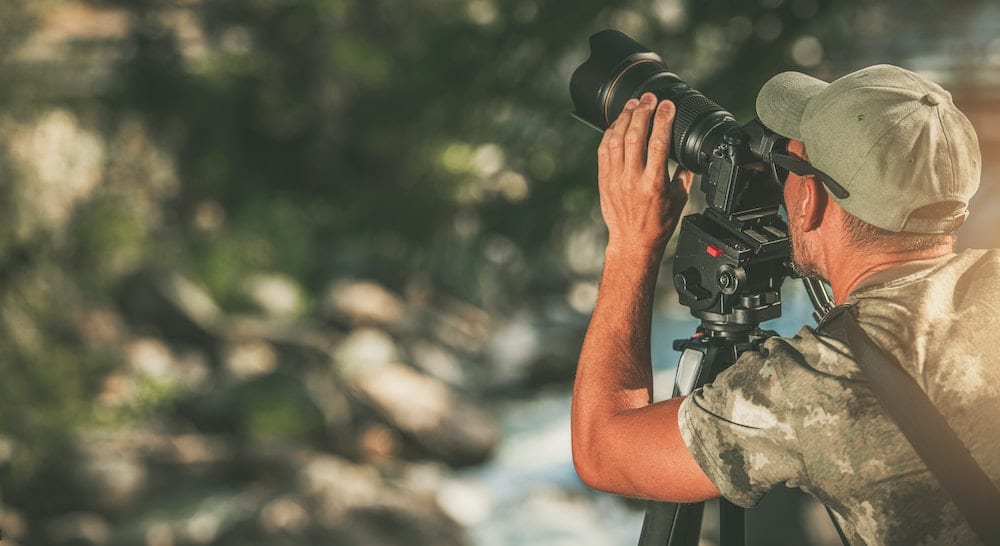What tips should you follow for photographing wildlife in Dartmoor?

Dartmoor, a picturesque landscape in Devon, offers a unique spot for photography. With its steep tors and rich wildlife, it gives photographers an opportunity to capture some breath-taking images. However, the unpredictable weather and elusive animals can make it challenging for a photography session. If you're planning a great day of photography in Dartmoor, considering some essential tips can greatly enhance the result of your images.
Understanding the Landscape and Wildlife of Dartmoor
Dartmoor is not just a place, but a haven for nature and wildlife photographers. The place is home to a variety of flora and fauna, including rare bird species, grazing ponies, and elusive otters. Understanding the landscape and wildlife is the first step to capturing stunning images.
A lire aussi : How to rent a vintage car for a scenic drive through the Highlands?
The most significant feature of Dartmoor's landscape is its tors. The likes of Will Tor provide a majestic backdrop to any image. Additionally, the weather and light in Dartmoor can change dramatically in a short time. This unpredictable nature of Dartmoor's weather can lead to some spectacular photography moments, with the mist enveloping the tors, creating atmospheric scenes.
Choosing the Right Camera and Lens
A critical aspect of wildlife photography is the camera and lens you choose. For Dartmoor's landscape and wildlife, a DSLR or mirrorless camera with a telephoto lens is often recommended. The telephoto lens allows you to photograph the wildlife from a safe distance, avoiding any disturbance.
Sujet a lire : How can you ensure you adhere to local customs while visiting religious sites in England?
Another great option is a wide-angle lens, perfect for capturing Dartmoor's vast landscapes. It provides a broader field of view, making it easier to include more elements in the frame. An important tip is to always have spare batteries and memory cards, as spending a day in Dartmoor can drain your camera's battery life.
Knowing the Best Time for Photography in Dartmoor
Timing plays a pivotal role in wildlife photography. The best time to photograph Dartmoor's wildlife is often early morning or late evening, known as the golden hours. During these times, the sunlight is softer, creating a warm, diffused light that can enhance your images.
Some wildlife species are more active during these hours. For instance, Dartmoor ponies can often be seen grazing at dawn. However, remember that wildlife viewing can be a matter of patience. It might take time to spot wildlife, but the wait can be worth it when you capture that perfect shot.
Tips for Photographing Wildlife
Wildlife photography can be challenging, but with a few tips, you can capture stunning images. Patience is key in wildlife photography. Animals are unpredictable, and it might take time to capture the perfect shot.
Try to learn about the behaviour of the wildlife you want to photograph. Knowing their habits can help you predict their movements, making it easier to capture them on camera.
Moreover, when photographing wildlife, always respect them and their habitat. Keep a safe distance and avoid causing any disturbance. The welfare of the wildlife should always be your first priority.
Enhancing Your Dartmoor Photography with Light and Mist
The unpredictable weather in Dartmoor is what makes it a unique place for photography. The mist that often shrouds the landscape can create some mesmerizing scenes. When the light breaks through the mist, it can create a magical atmosphere, perfect for photography.
Remember, in such conditions, it's crucial to adjust your camera settings accordingly. A higher ISO might be needed in low light conditions. Also, shooting in RAW format will give you more flexibility in post-processing, allowing you to adjust the exposure and white balance to achieve the desired result.
Photographing wildlife in Dartmoor can be a rewarding experience. With its unique landscape and abundant wildlife, Dartmoor offers endless opportunities for photographers. By following these tips and understanding the place, you can enhance your photography skills and capture some amazing images.
Mastering Wildlife Photography Techniques in Dartmoor National Park
Wildlife photography is a harmonious blend of patience, technique, and split-second decision-making. Dartmoor National Park provides an excellent platform for honing these skills, with a plethora of wildlife species like red deer, grazing ponies, and rare bird species.
One popular technique among wildlife photographers is the use of a shutter release. This tool allows you to trigger your camera's shutter remotely, reducing the chance of camera shake and increasing the likelihood of a sharp, in-focus image. It’s especially beneficial when your camera is mounted on a tripod, which should always be your go-to setup for landscape and wildlife photography.
Another technique to consider is manual focus. Although auto-focus can be incredibly helpful, there are situations where manual focus can offer superior results. For instance, in low contrast environments such as thick fog or mist, your camera's auto-focus might struggle. By switching to manual focus, you maintain control and can ensure your subject remains sharp.
Additionally, consider attending a photography workshop in Dartmoor. These workshops offer hands-on experience and guidance from seasoned wildlife photographers. It could be an invaluable chance to learn new techniques and improve your photography skills.
Finally, don't forget that wildlife photography is more than just pressing the shutter. It's about immersing yourself in the environment and understanding the behaviour of the animals you're photographing. This understanding will help you anticipate their movements, resulting in more impactful images.
Visiting Dartmoor: Practical Information and Conclusion
One of the key elements in planning your wildlife photography trip to Dartmoor is understanding where to go. The national park offers numerous car parks at different locations, providing easy access to popular photography spots. Great Staple Tor, Black Tor, and Will Tor are among the best locations for landscape photography, with stunning views and an abundance of wildlife.
Choosing the right time to visit Dartmoor can also be crucial for capturing the best shots. In general, the months of July and August offer pleasant weather conditions, although it's important to remember that Dartmoor's weather can change rapidly. Also, the thick fog that occasionally envelops Dartmoor can create a dramatic, ethereal mood in your images, making any time of year potentially rewarding.
In conclusion, wildlife photography in Dartmoor is a challenging yet rewarding endeavour. It requires a blend of technical knowledge, understanding of animal behaviour, and appreciation for the natural beauty of the national park. As Sebastien Coell, a renowned wildlife photographer, once said, "The beauty of Dartmoor lies in its unpredictability and endless surprises." So, brace yourself for an exciting journey, filled with unforgettable photography moments. We hope the tips shared in this article will aid you in your endeavours. Please feel free to leave a comment sharing your experiences. Enjoy your wildlife photography adventure in Dartmoor!
